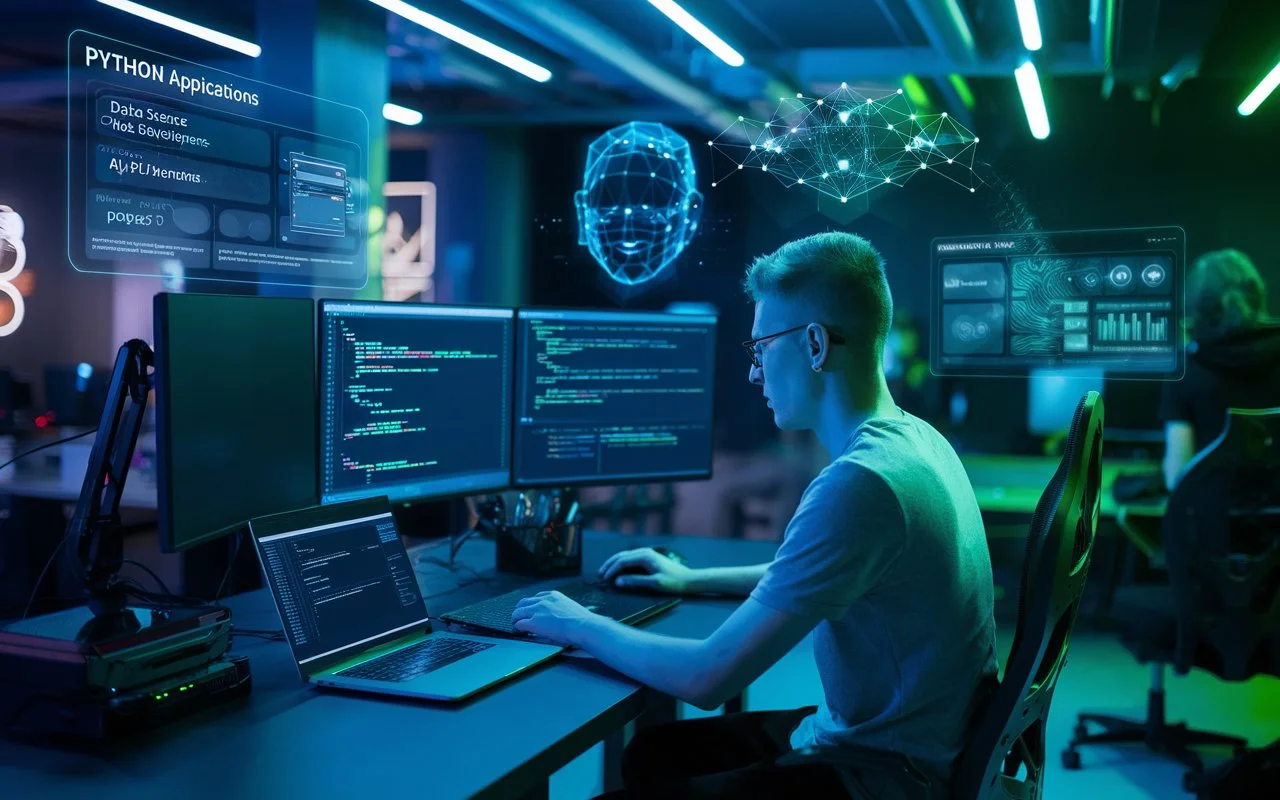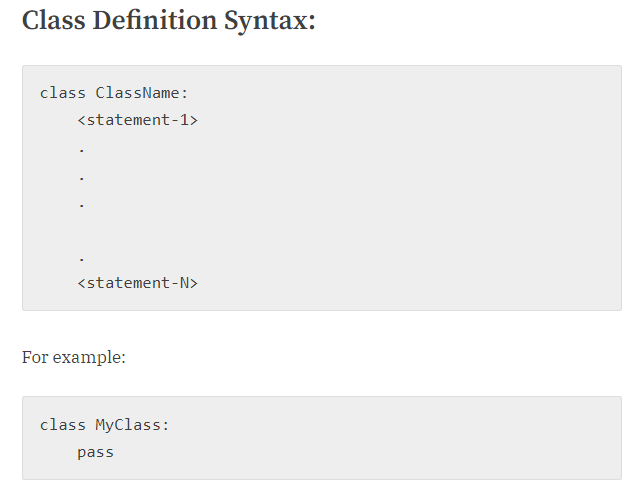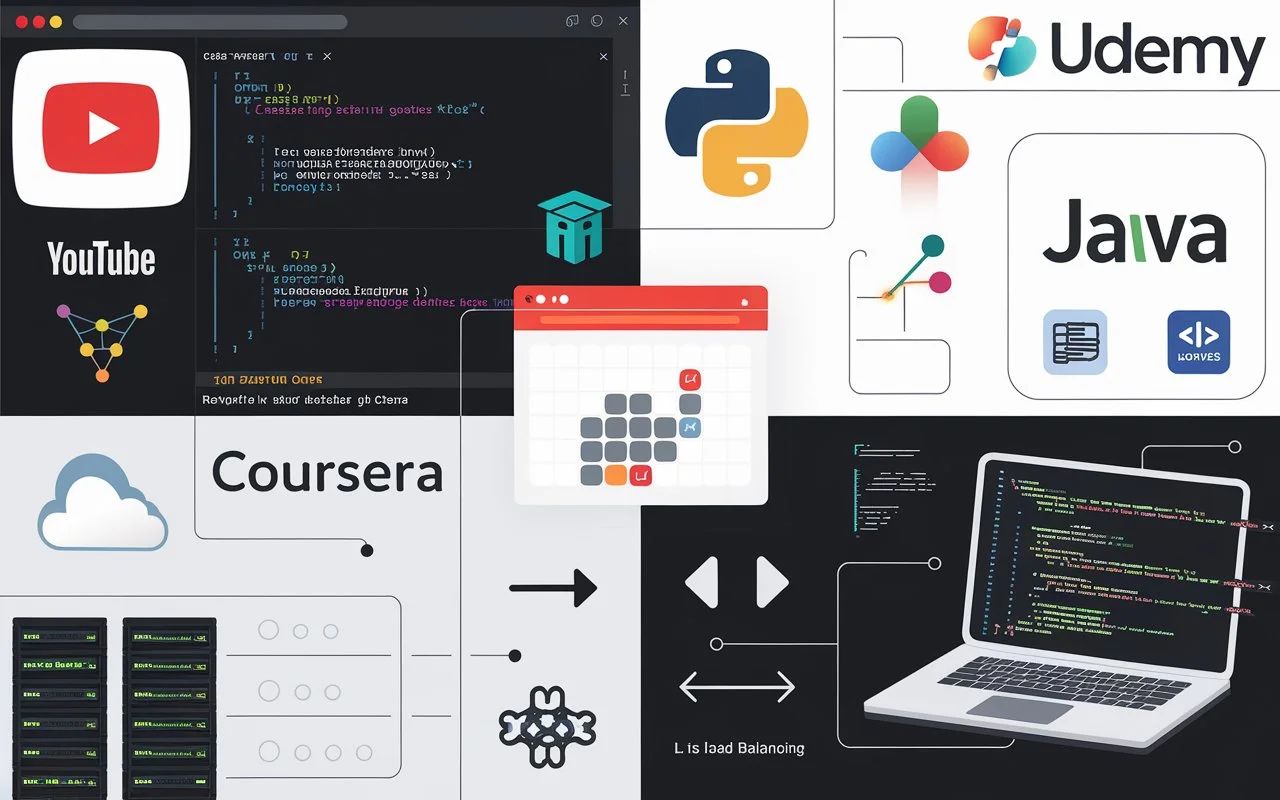
How to Learn Python in 2025 – Master Python in Just 3 Months
Python has remained one of the most in-demand programming languages for over a decade. Whether you are an aspiring software developer, data analyst, or AI researcher, Python offers a simple yet powerful foundation for various tech domains. While the learning curve for programming used to be steep, today, with the right approach, one can reach an intermediate level in Python within three months or less.
However, with the rise of Artificial Intelligence (AI) and tools that can generate code, many people wonder: Is it still worth learning Python? The short answer is yes. While AI-powered tools like GitHub Copilot and ChatGPT can generate code efficiently, they still lack the ability to reason, debug, or optimise code effectively. Understanding Python allows you to write, verify, and modify AI-generated code, ensuring security and efficiency.
In this guide, we will walk you through the most efficient way to learn Python from scratch in 2025. Whether you want to develop software, analyse data, or build AI models, this structured roadmap will set you up for success.
Why Python is Still Worth Learning
Before diving into learning strategies, let’s address the elephant in the room: Why should you still learn Python in the age of AI?
- Python remains highly relevant – It continues to be one of the most popular programming languages globally, with strong demand across industries.
- Essential for AI and ML – AI tools might generate code, but Python empowers you to build applications on top of AI models.
- AI still has limitations – AI-generated code can be error-prone, insecure, or impractical. Without programming knowledge, you won’t be able to verify its correctness.
- Logical thinking matters – Coding is not just about writing syntax; it involves logical reasoning, problem-solving, and optimisation, which AI cannot fully replace.
Now that we have established why learning Python is still valuable, let’s explore how to get started.
Step 1: Setting Up Your Python Environment
When starting with Python, choosing the right development environment is essential. Here are the best options depending on your learning goals:
- For quick practice: Use an online editor like Replit or Google Colab or Pythonide.online for a hassle-free setup.
- For data science and ML: Jupyter Notebook (or Google Colab) is widely used for running Python code in an interactive manner.
- For software development: Install Python locally and use an Integrated Development Environment (IDE) such as Visual Studio Code (VS Code) or PyCharm.
Installing Python Locally
To install Python on your computer:
- Download the latest version from Python’s official website.
- Install it and ensure that
pythonandpip(Python’s package manager) are available in your terminal. - Try running a simple command:
print("Hello, World!") - To manage dependencies effectively, use virtual environments:
python -m venv my_env source my_env/bin/activate # On Windows: my_env\Scripts\activate
Step 2: Learning the Basics
Your learning journey should start with mastering Python fundamentals. Focus on the following topics:
- Variables and Data Types (integers, floats, strings, lists, dictionaries, tuples)
- Control Flow (if-else statements, loops)
- Functions and Modules (writing reusable code)
- File Handling (reading and writing files)
- Error Handling (try-except blocks)
At this stage, avoid getting stuck in minute details. The goal is to build familiarity and confidence with Python.
Step 3: Moving to Intermediate-Level Python
Once you have grasped the basics, it is time to advance your skills. Here are some crucial intermediate topics:
- Working with APIs (making HTTP requests using
requestsmodule) - Object-Oriented Programming (OOP) (classes, objects, inheritance)
- Version Control with Git (essential for collaborating with others)
- Debugging and Code Optimization (using
pdb, logging, and best practices)
At this stage, coding best practices become crucial:
- Follow PEP 8 style guidelines for clean and readable code.
- Use meaningful variable names (e.g.,
total_priceinstead oftp). - Avoid hardcoding values; use constants or configurations.
- Implement error handling to prevent crashes.
Step 4: Choosing a Specialisation
Depending on your career goals, you can choose different paths in Python:
1. Data Science & Machine Learning
- Learn NumPy, Pandas, Matplotlib, Seaborn for data manipulation and visualisation.
- Master Scikit-Learn for machine learning.
- Understand AI frameworks like TensorFlow and PyTorch.
2. Software Development
- Learn advanced OOP concepts and design patterns.
- Work with Django or Flask for web development.
- Build APIs and learn deployment techniques (AWS, Docker).

Step 5: Building Projects for Hands-On Learning
Theory alone is insufficient; you must build projects to solidify your knowledge. Here are some beginner-friendly project ideas:
- A BMI calculator (great for practicing functions)
- A To-Do List app using Python and a database
- A Web Scraper to collect data from websites
- A Machine Learning model for predicting stock prices
Reverse Engineering Other Projects
To accelerate your learning, explore open-source projects on GitHub. Understanding and modifying existing code will improve your problem-solving skills.
Also Read: Top 5 Python AI Projects to Boost Your Career in 2025
Step 6: Learning by Teaching
One of the best ways to reinforce your knowledge is by teaching others. You can:
- Write blog posts explaining Python concepts.
- Create tutorials or videos.
- Participate in coding forums and discussions.
Teaching not only deepens your understanding but also reveals gaps in your knowledge, helping you improve further.
Step 7: Staying Motivated and Avoiding Burnout
Most beginners struggle with a dip in confidence after initial excitement fades. This is called the Dunning-Kruger Effect, where beginners overestimate their skills initially but later feel overwhelmed by the complexity of programming.
How to Stay Motivated
- Work on personal projects that excite you.
- Set small, achievable goals rather than trying to learn everything at once.
- Join Python communities on Reddit, Discord, and Stack Overflow for support.
Conclusion
Learning Python in 2025 is easier and faster than ever, thanks to modern tools and resources. By following a structured approach — setting up the environment, learning fundamentals, advancing skills, specialising, and working on projects — you can master Python efficiently. Remember, the key to learning is consistency. Keep building, keep coding, and most importantly, enjoy the journey!





